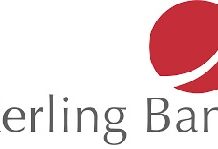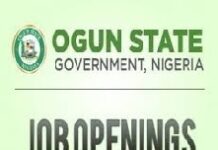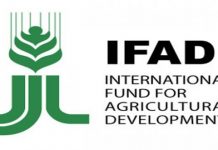The John Z. Duling Grant Program was established and funded by a bequest from the estate of John Z. Duling of Indiana, a strong advocate of research who in 1972 proposed the establishment of the ISA Research Trust. The goal of this program is to provide start-up or seed funding to support innovative research and technology transfer projects that have the potential of benefiting the everyday work of arborists. John Z. Duling Grants may be used to support exploratory work in the early stages of untested, but potentially transformative, research ideas and approaches. Examples may include application of new approaches to research questions, or application of new expertise involving novel disciplinary or interdisciplinary perspectives.
Projects are expected to be completed within one to three years with a maximum grant award of $25,000. No project may receive more than one award from this program. Due to the similarity of the Jack Kimmel International Grant and John Z. Duling Grant, TREE Fund requires that applicants submit to only one of these programs per annual project and funding cycle. Related but unique projects submitted across programs may be considered within a given funding cycle.
TREE FUND RESEARCH PRIORITIES
TREE Fund’s current research priorities include the following areas of professional interest; proposals outside of these core areas must clearly and explicitly identify why TREE Fund consideration of the requested scopes of work is warranted:
- Root and soil management: Many urban tree problems originate below ground. Promoting root development, protecting roots from injury, managing conflicts with infrastructure, improving existing soil, and/or use of other media for root growth are issues that arborists encounter regularly.
- Tree planting and establishment: Methods of ensuring survival and vigorous growth of trees after planting are of concern to arborists and the entire green industry. Arborists are increasingly dealing with problems that originate in or could be avoided during the planting process.
- Plant health care: Healthy plants have more effective defense systems, are better able to resist pests, and often require less life-time investment of resources for successful performance in the field. Improved understanding of natural and anthropogenic factors that impact plant health is most likely to lead to new pest/pathogen management strategies for use in the field.
- Risk assessment and worker safety: Safety is a major concern to practicing arborists, especially as incomplete knowledge of potential hazards can be a life-or-death issue for both tree workers and the public they serve. Detection and prevention of structural degradation of trees via decay and other factors are especially important. However, practitioners face additional challenges when working in sites with live utility wires and whenever their work requires leaving the ground to attend to problem areas. Thus, research leading to improved equipment and work practices is also a high priority.
- Urban and community forest management: Trees offer significant economic and health benefits to their home communities, and maximizing these benefits requires an improved understanding of how urban forest ecosystems function, how they should be managed, and how they interact with people in communities and at the urban/rural interface.
APPLICATION PROCESS
Applications may be made between July 6 and and October 1, 2017 and will be accepted only through the online application form at treefund.org. Applicants will need the following information to complete the application; work in progress may be saved before final submittal:
- Written application narrative, to include the following elements and information:
- Project Summary: A concise synopsis of the other sections of the proposal. (250 words maximum)
- Statement of Problem: What needs to be learned, and why? (250 words maximum)
- Current Knowledge in Project Area: Pay particular attention to previous work that provides a basis for questions posed in the current proposal or for the origin/application of new or novel methods to be used herein. (500 words maximum)
- Description of Outcomes: Identify up to five measurable outcomes that are most likely to result from work proposed herein. (100 words maximum)
- Project Work Plan: Clearly define the scope of the work to be performed, including design, hypotheses, methodology, and analyses and approximate timetable. (1,000 words maximum)
- Dissemination Plan: A brief description of activities and outlets used to share the results of this project; see “Reporting Requirements” section below for additional guidance. (100 words maximum)
- Literature Cited: List all relevant literature cited in the proposal including personal citations that appear in the author’s CV. N.B. Here and elsewhere, applicants should use author-year method for in-text literature citations as described under “Guidelines for Citing in Text” .





